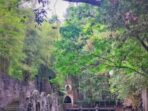
JOGJA POST — Anyone never denied that Jogjakarta always offer beautiful sights, reasonable if last year Jogja has tag line Never Ending Asia and now changed to “Jogja Istimewa”.
Almost every weekend tourist attractions in Yogjakarta and surrounding crowded visiting, domestic and foreign tourists. Likewise with the day-to-day, the atmosphere remains relatively many visitors, but not as dense at the weekend.
If you want to go back to Jogja, do not forget to Borubodur Temple, because this temple keeps a million interesting stories to be a lesson.
Judging from various sources, concrete temple is a religious building of ancient relics of worship derived from Hindu-Buddhist civilization. Typically, temples are used as worship of gods or glorifying Buddhas.
However, the term temple itself is not only used by the community as a place of worship, many non-religious archaeological sites of the classical Hindu-Buddhist Indonesia. Both as a palace (keraton), baths (petirtaan), gates, and so on which is also called the term temple.
The number of temples in Indonesia alone reached 33 pieces are widely spread in Yogyakarta and Central Java. One of the famous temples is Borobudur temple located in Magelang, Central Java.
Located approximately 40 km to the Northwest of Yogyakarta, this place became one of the favorite destinations. It would not be perfect if vacationing here and then do not know much about this temple. So, The following will the author describe what is important for us to know together.
History of Borobudur Temple
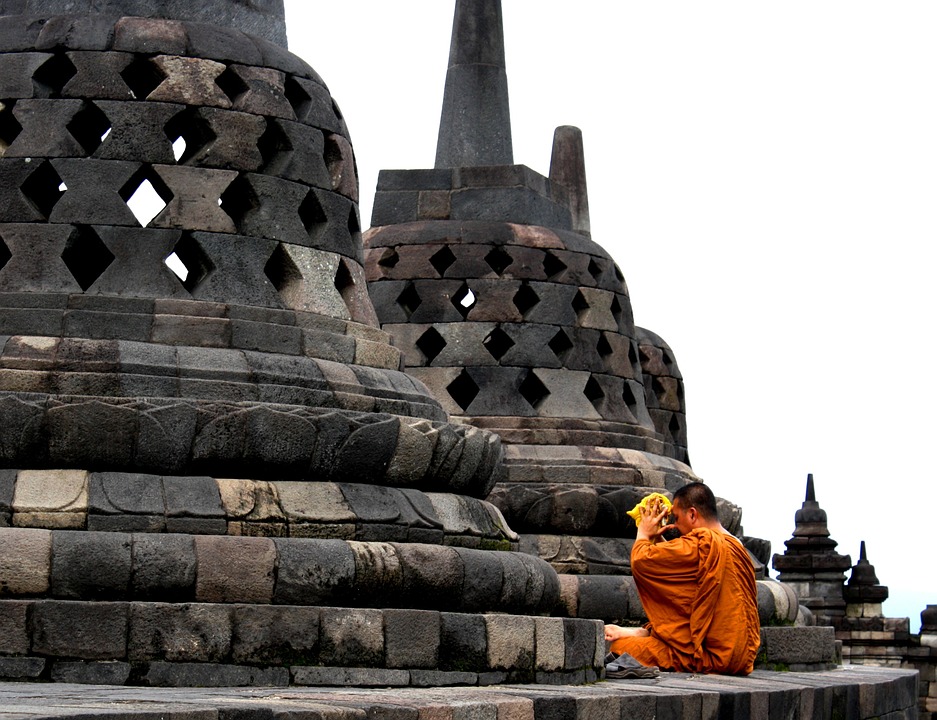
Invention
Taken from several secondary sources, the history of this temple dates back to 824 AD It was during the reign of King Samaratungga of the Syailendra Dynasty, the kingdom of Mataram Hindu.
The books that write the Borobudur Temple quite a lot, but when Borobudur temple was founded is not known with certainty.
An estimate obtains information that the short writings inscribed in letters similar to those obtained on inscriptions are more or less in the late eighth century to early 9th century.
The evidence can be deduced that the Borobudur Temple was founded around 800 AD and in fact according to the Indonesian historical framework. The year is reflected in general history in Central Java region in particular.
The period between the 87th and the mid 9th centuries was known as the “golden age of the syailendra”. This triumph is marked by the construction of a number of works in the form of temples that illustrate the extraordinary spirit of building.
The temples on the slopes of the majority of the mountains are distinctively Hindhu buildings, while those scattered on the plains are typical of Buddha buildings. However, in the plains there are also some temples that have a typical Hindu.
Reinvention
Borobudur temple becomes the magic of the world towering among the lowlands around it. This work of art is a masterpiece is amazing and never experienced destruction.
Borobudur was forgotten for quite a long time even for centuries. In fact, had such a magnificent building was faced with the process of destruction. It is estimated that for 150 years Borobudur Temple was used as a pilgrimage center.
The end of Mataram kingdom in 930 AD, the center of Javanese life and culture shifted to the East. Thus, because of the abandonment of this temple, making this heritage of cultural heritage unattainable and long-time here and there grow a variety of wild plants.
No wonder when over time around the Borobudur temple to be lush and almost covered the building of Borobudur Temple itself. Only in 1814, thanks to the activities of Sir Thomas Stamford Raffles, Borobudur Temple emerged from the darkness of the past.
Rafles was lieutenant Governor-General of England, when Indonesia was dominated by England in 1811-1816. In 1835 the entire building of Borobudur Temple was freed from a landscape barrier by a second resident named Hartmann, because so interested in building Borobudur temple, he performs cleaning.
Refresher Borobudur temple was continued from the debris that still covered the hall, the rest of the building was thrown so that Borobudur Temple looks better than before.
Rescue Efforts
Since the Borobudur Temple was rediscovered, efforts began to restore and restore its buildings. Initially only small-scale repairs and the creation of images and relief photographs.
The first restoration work was done in 1907-1911. The first restoration is done by Theodore Van (Th Van). Under his command, the destroyed stupas were rearranged, the carvings were cleaned of moss, the like.
The purpose of the restoration led by Th Van Erp is to avoid further damage to the building of Borobudur Temple.
Many parts of the walls and walls, mainly three levels from the bottom of the Northwest, North and Northeast still look tilted and very worrying for the visitors and the building itself.
But the work of Th Van Erp is arguably a success for a while, building Borobudur temple at that time can be saved from major damage.
Regarding the gates, only a few can be rearranged. Fence balustrades, reliefs and statues of Buddha are still many that have not been installed back into place. Th Van Erp argues that the slope of Borobudur temple will not harm the building.
That opinion until the next 50 years is not entirely wrong, but since 1960, the opinion of Th Van Erp is starting to doubt and feared will happen severe damage.
Restoration of Borobudur Temple
Although centuries old, but Borobudur temple is vulnerable from a variety of natural damages, such as earthquakes and volcanoes. In addition, humans also add to the damage.
Early 19th century then emerged the government’s attention to the temple as a historic building. The first restoration effort was carried out by Th Van Erp, a Dutch building expert. Th Van Erp did the restoration from 1907-1910.
Subsequently, in 1973-1983, a second phase of restoration was undertaken by the Indonesian government in cooperation with one UN agency, UNESCO.
Now, the government and people of Indonesia realize that the Borobudur Temple is one of the historical evidence and our common obligation to preserve and preserve the culture.
The Origin of Borobudur Temple Name
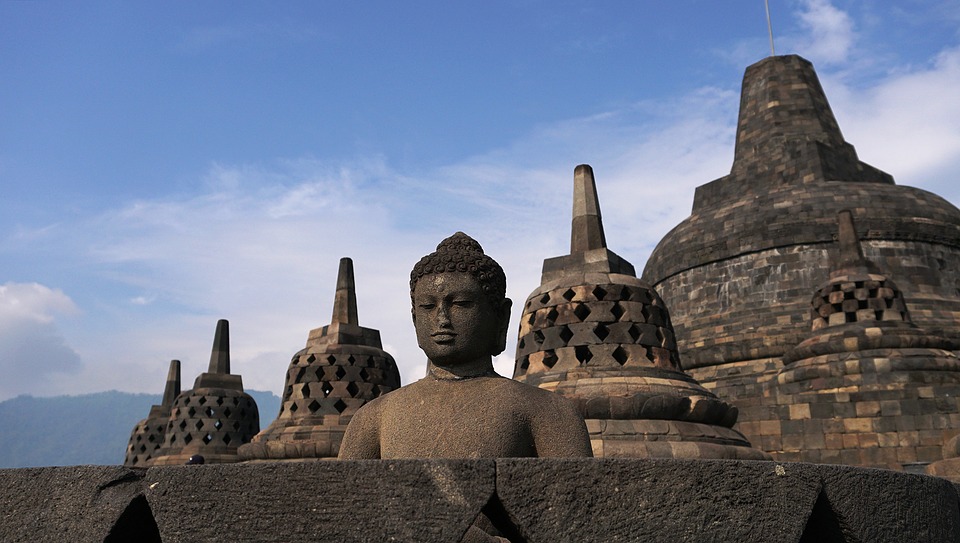
According to Poertjaraka, the name Borobudur comes from the word ‘Monastery’ and ‘Bidur’. The word monastery comes from a monastery which means temple. While the word ‘Bidur’ means a place that stands out on the hill ‘So, Borobudur means temple or monastery monastery that is located on the hill.
Meanwhile, according to Soedirman, Borobudur is one of the wonders of the world Borobudur name comes from a combination of words ‘Boro’ and ‘Budur’.
Boro comes from the word sansekerta ‘Vihara’ which means temple complex or also dormitory (according to stutterheim) while Budur bali ‘Beduhur’ is above.
De Casparis invented a compound word in a preliminary inscription with the number 842 AD, encountered the word “Bhumi Sambhara Budhara” which is a designation for a sacred shrine of ancestor worship or called a temple.
Deep research on religion is revealed in the inscription as well as the reconstruction. Thus, De Casparis concluded that Bhumi Sambhara Budhara was none other than Borobudur.
The change of Bhumi Sambhara Budhara’s word so Borobudur can be explained as a result of the common symptom in everyday language to abbreviate, as well as simplify the utterance.
Until now, many scholars have objected to De Casparis’s interpretation. However, it must be admitted that until now there has been no correct information or interpretation of the name Borobudur (Soekmono, 1981).
Is it true that the Borobudur Temple is a Relic of Prophet Sulayman?
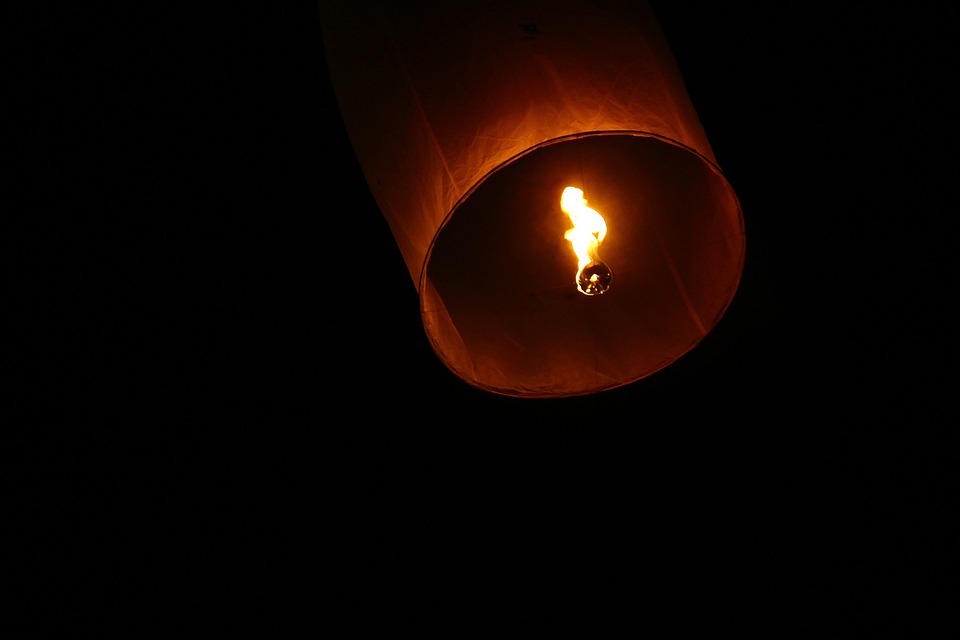
Year 2015, KH. Fahmi Basya issued a book “Borobudur & Religion of the Prophet Sulayman”. This book certainly attracts attention and tickles us to prove its truth. There are several things that indicate it according to him;
1. Reliefs in Borobudur are symbols similar to Sulaiman and Ratu Saba (Bilqis) stories, as well as the Qur’an. First, the Ark is a box / trunk containing the legacy of Prophet David to the US US Prophet Sulaiman.
Inside is the book of Zabur, the Torah, and the Staff of Moses and giving information. The story is on reliefs in Borobudur. The crate or the ark was guarded by someone.
It is told in Alqur’an letter of Al Baqarah verse 248; and their Prophet said to them, “The sign of the King will be the return of the ark to you, and there is the testimony of your Lord and the remnant of the family of Moses and of the family of Aaron: the ark is carried by an angel: behold, there is a sign unto you, if you are a believer “.
2. The work of the genie was not completed when knowing the Prophet Sulaiman AS has died. (QS Saba [34]: 14). When he found out that Sulaiman died, the jinn stopped his work. In Borobudur there is a statue that has not been completed work by the jinn, because already know that Prophet Sulayman passed away from the stick eaten by termites.
3. Jin is ordered to build tall buildings and make statues. (QS Saba [34]: 13). Plural is known there are many statues of Buddha in Borobudur while the building or high building is Prambanan Temple.
4. Prophet Sulayman (AS) spoke with birds and animals. (QS An-Naml [27]: 20-22). In the reliefs of Borobudur temple there are a number of frame reliefs that have floral and bird motifs. There are also a number of reliefs of other animals, such as elephants, horses, pigs, dogs, monkeys, and so on.
5. The story of Queen Saba and her people worship the sun and prostrate to fellow human beings. (QS An-Naml [27]: 22). Saba means gathering or gathering place. Hud-hud’s expression of Saba, because birds do not know the name of the area.
The gathering place of the man is Ratu Boko Temple located about 36 kilometers from Borobudur. This distance allows birds to travel once a flight.
6. Saba is in Indonesia, allegedly from Wonosobo. In the Al-Quran the region of Saba is overgrown with enormous trees. (QS Saba [34]: 15). In the Old Javanese dictionary that has been compiled by Dr. Maharsi, the word ‘Wana’ means forest. Wana Saba or Wonosobo is the Saba Forest.
7. The fruit of ‘maja’ bitter. When the “Bandang” flood (Sail al-Arim) override the Saba region. The trees surrounding it become bitter as a punishment inflicted by Allah SWT to those who belie His verses (QS Saba [34]: 16).
8. The name Sulaiman AS shows the name of the Javanese. The prefix ‘su’ is the name of Java. Prophet Sulayman is the only prophet and an apostle whose name begins with ‘Su’ of 25 people.
9. Prophet Sulayman (AS) sent a letter to Queen Saba with an intermediary bird Hud-hud (QS An-Naml [27]: 28). The letter was written using a gold plate as a form of Prophet Sulayman’s wealth. The letter has been found in a pond at Ratu Boko temple.
10. Buildings that stay a little (Sidrin Qalil). See Surah [34] 16). The building that lives a little is the area of Ratu Boko temple and there are a few stupas that live. “This proves that Ratu Boko Palace is the palace of Queen Saba who moved upward with the command of Prophet Sulaiman AS.
In addition to the above evidence. There is some other evidence that indicates the story of Queen Saba and Prophet Sulaiman AS performing in Indonesia. Like the wind of Muson blowing from Asia and Australia (Surah Saba [34]: 12).
Then the story of the palace is lost or moved. Then the Queen’s dialogue of Queen Bilqis with her dignitaries received a letter from Prophet Sulaiman AS (Surat an-Naml [27]: 32). Name of Sleman Regency, Salaman District, Salam Village, and others.
This evidence convinces some people that Borobudur is a relic of Prophet Sulayman and Queen of Saba as stated in the Qur’an. Other evidence that Borobudur is a relic of the Queen of Saba ‘lies in 40 of the exact evidences described.
The irrefutable justification to date has been the discovery of a letter from Prophet Sulaiman AS to Ratu Balqis that reads “Bismilllahirrahmanirrahim” on a gold plate in a pool of Queen Saba baths in Sleman, Central Java.
Various
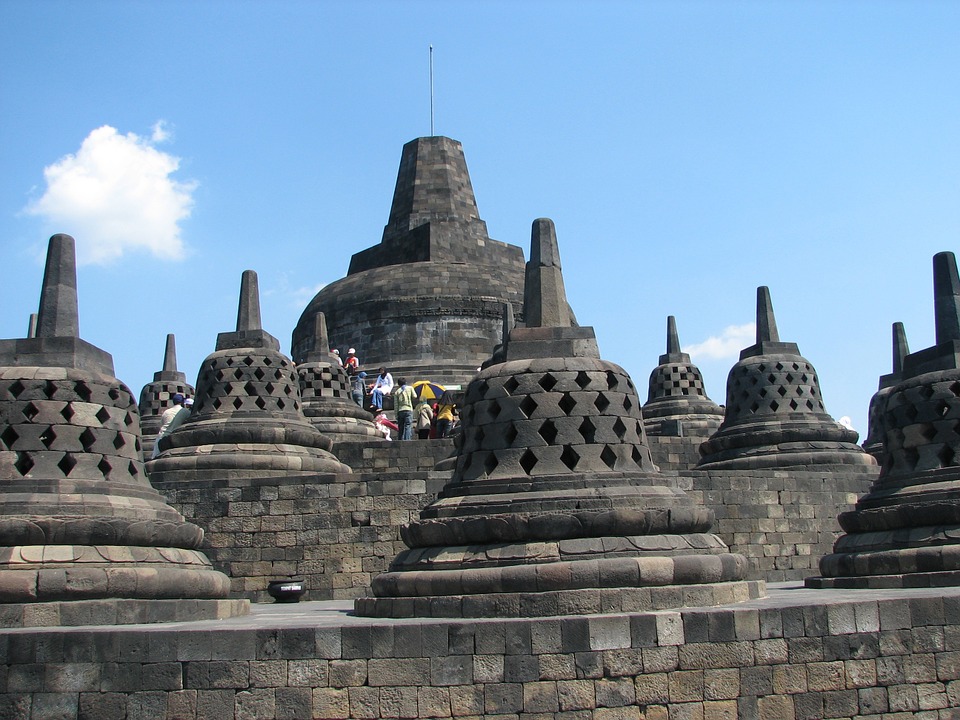
If coming here there are some things that should be a concern:
1. Entrance fee is Rp. 30,000 (adults), Rp. 12,500 (Children), and 20 USD (Tourists).
2. The journey will take about an hour from Yogya.
3. Bring an umbrella because it is hot enough here and drain the sweat.
4. Facilities provided quite adequate
a. Karmawibangga / Borobudur Museum
b. Samudraraksa Ship Museum
c. Mini Train
d. Visitor Center & Audio Visual
e. Bike
f. Elephant Safari
g. Village Visit Package (nDeso’s Own Package)
h. Cultural Care Packages
i. Homestay Mandala Borobudur

JogjaPost Jogja News Today. Presenting a variety of interesting information both local Jogja, national and even international. Follow us on Google News and other social media.





